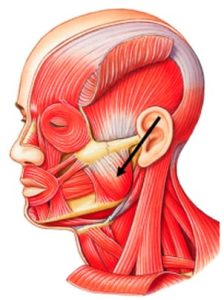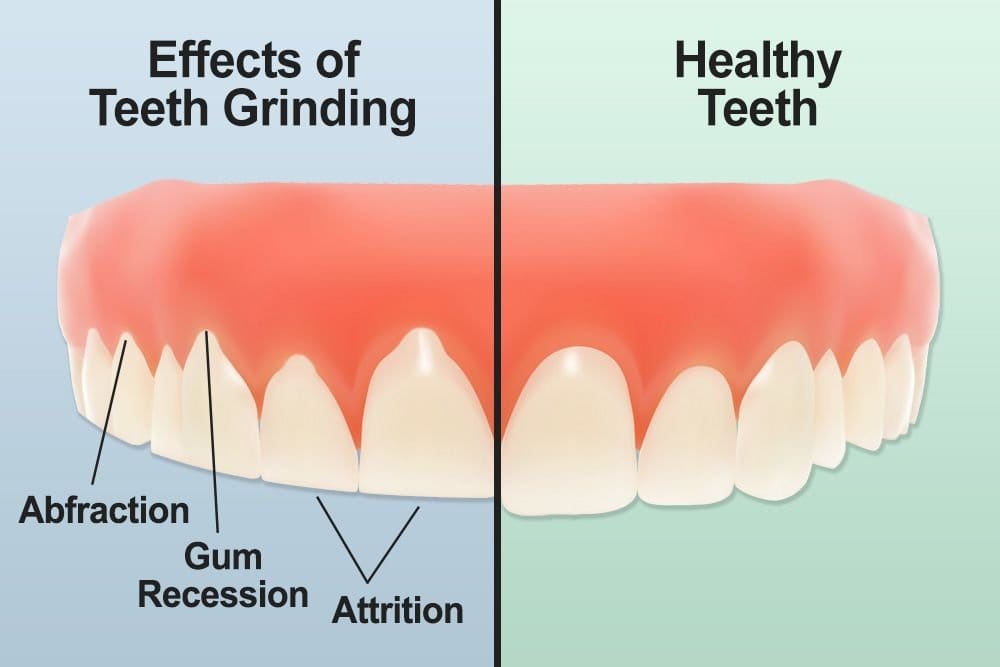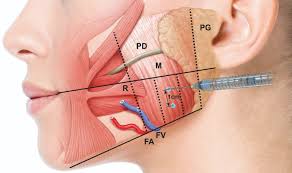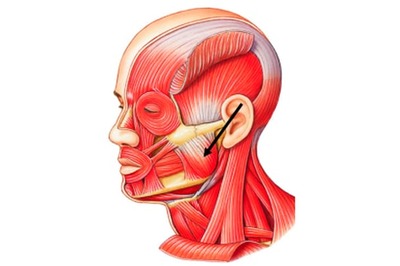Introduction
 Teeth grinding, clenching, and bruxism are common yet often misunderstood conditions that affect many individuals in the UK. These conditions, particularly when left untreated, can cause severe dental damage, facial pain, and headaches. The masseter muscle, located at the jaw’s side, is one of the main culprits behind these problems. Botox injections into the masseter muscle are increasingly being used as an innovative and effective treatment for bruxism, teeth grinding, and clenching. This method has gained popularity in recent years, especially in the UK, where patients are seeking less invasive solutions to manage their conditions. This article explores the role of Botox in treating masseter-related issues, its benefits, risks, and how it is transforming patient care.
Teeth grinding, clenching, and bruxism are common yet often misunderstood conditions that affect many individuals in the UK. These conditions, particularly when left untreated, can cause severe dental damage, facial pain, and headaches. The masseter muscle, located at the jaw’s side, is one of the main culprits behind these problems. Botox injections into the masseter muscle are increasingly being used as an innovative and effective treatment for bruxism, teeth grinding, and clenching. This method has gained popularity in recent years, especially in the UK, where patients are seeking less invasive solutions to manage their conditions. This article explores the role of Botox in treating masseter-related issues, its benefits, risks, and how it is transforming patient care.
Understanding Teeth Grinding, Bruxism, and Clenching
Teeth grinding (also known as bruxism) and clenching are conditions often associated with stress, anxiety, or improper jaw alignment. They are usually characterised by the involuntary grinding or clenching of the teeth, particularly at night, which can result in long-term damage to the teeth, jaw, and surrounding muscles. Symptoms can include:
- Tooth wear: Grinding and clenching can wear down tooth enamel, leading to sensitivity and increased vulnerability to decay.

- Jaw pain: Constant pressure on the jaw joint (temporomandibular joint or TMJ) can cause pain and discomfort.
- Headaches and earaches: These can occur as a result of continuous strain on the jaw muscles.
- Sleep disruption: Teeth grinding is often a nocturnal habit, disrupting both the patient’s sleep and sometimes their partner’s.
The masseter muscle is heavily involved in this process. It’s one of the primary muscles responsible for jaw movement and chewing. When overactive due to stress or other triggers, it can cause excessive clenching or grinding of the teeth, leading to bruxism. Over time, this overuse of the masseter muscle can also lead to hypertrophy, where the muscle enlarges, sometimes resulting in a broader, more squared jawline.
Traditional Treatments for Bruxism
Before Botox became widely available for bruxism, treatments typically involved the use of dental appliances such as mouth guards or splints. These devices help to protect the teeth from wear and reduce the strain on the jaw by keeping it in a neutral position. While these options can be effective in preventing further damage, they do not address the root cause – the overactivity of the masseter muscle. Other traditional treatments include cognitive behavioural therapy (CBT) to manage stress and anxiety, muscle relaxants, and in severe cases, dental or orthodontic interventions to correct jaw alignment.
The Role of Botox in Treating Bruxism
Botox (botulinum toxin) is best known for its cosmetic applications in reducing wrinkles, but its therapeutic use in treating muscle-related disorders has been well established. Botox works by temporarily blocking nerve signals to the muscle into which it is injected, causing the muscle to relax. In the case of bruxism and teeth grinding, Botox is injected into the masseter muscle, which decreases its activity and prevents the intense clenching or grinding of teeth.
How Does Masseter Botox Work?
When Botox is injected into the masseter muscle, it temporarily weakens the muscle, reducing its ability to contract with excessive force. This means that while the patient can still chew and speak normally, the intensity of involuntary grinding and clenching is reduced. The treatment typically involves the following steps:
- Consultation: A medical professional, usually a dentist or a specialised facial aesthetics practitioner, will assess the severity of the condition. This may involve an examination of the jaw muscles and a review of the patient’s history of bruxism and teeth grinding.

- Injection Process: Botox is injected directly into the masseter muscle on both sides of the jaw. The procedure takes about 10-15 minutes and is minimally invasive. Most patients experience little to no discomfort during the injection, with a slight pinching sensation being the most common side effect.
- Post-Treatment: Results are not immediate, as Botox takes a few days to start working, and full effects are typically seen within two weeks. The muscle will gradually relax, leading to a reduction in teeth grinding, clenching, and associated symptoms such as jaw pain and headaches.
- Follow-up: The effects of Botox are temporary, typically lasting between three to six months. Regular follow-up appointments are required to maintain the therapeutic benefits. Over time, some patients may notice a reduction in the frequency and severity of bruxism episodes even as the Botox wears off.
Benefits of Masseter Botox
- Reduced Teeth Grinding and Clenching: The primary benefit of Botox treatment is the reduction in involuntary grinding and clenching of teeth, which helps prevent further dental damage and jaw pain.
- Improved Jaw Function: By reducing the activity of the masseter muscle, Botox allows the jaw to function more normally, without the overuse that leads to bruxism-related pain.
- Cosmetic Benefits: In addition to its therapeutic effects, masseter Botox can result in a more streamlined jawline. Patients with hypertrophy of the masseter muscle due to chronic bruxism often notice a slimming effect on the face, which is an added aesthetic benefit.
- Non-Invasive: Botox offers a non-surgical, minimally invasive solution that requires little downtime, making it an appealing option for many patients.
- Less Reliance on Oral Devices: While mouthguards and splints protect teeth from damage, they do not address the underlying muscle activity. Botox can reduce the need for these devices by targeting the root cause of the problem.
Risks and Side Effects
As with any medical procedure, there are risks and side effects associated with Botox injections in the masseter muscle, though they are generally mild and temporary. These include:
- Bruising or swelling at the injection site.
- Weakness in the jaw muscles, which may cause slight difficulty in chewing tough or hard foods, though this is usually mild and short-lived.
- Asymmetry in the face if the Botox is not injected evenly, though this is rare when performed by a skilled practitioner.
- Allergic reactions are rare but possible, and patients should always disclose any allergies or prior reactions to Botox.
Is Masseter Botox Right for You?
Masseter Botox is particularly beneficial for individuals who have not found relief from traditional treatments like mouthguards or who suffer from severe bruxism that affects their quality of life. It’s also ideal for those seeking both therapeutic and cosmetic improvements in their facial appearance.
However, it’s essential to consult a qualified healthcare provider to determine if Botox is the right treatment option. While Botox is a powerful tool in managing bruxism, it is not a cure. Lifestyle changes, stress management, and other complementary treatments may also be necessary to address the condition’s underlying causes.
Conclusion
Masseter Botox has emerged as an effective and popular treatment for teeth grinding, clenching, and bruxism in the UK. Its ability to target the masseter muscle directly offers both therapeutic relief and cosmetic enhancement, making it an appealing option for many sufferers. While not a permanent solution, its minimally invasive nature and significant results make it an increasingly sought-after option for those looking to manage the symptoms of bruxism and improve their overall quality of life.

